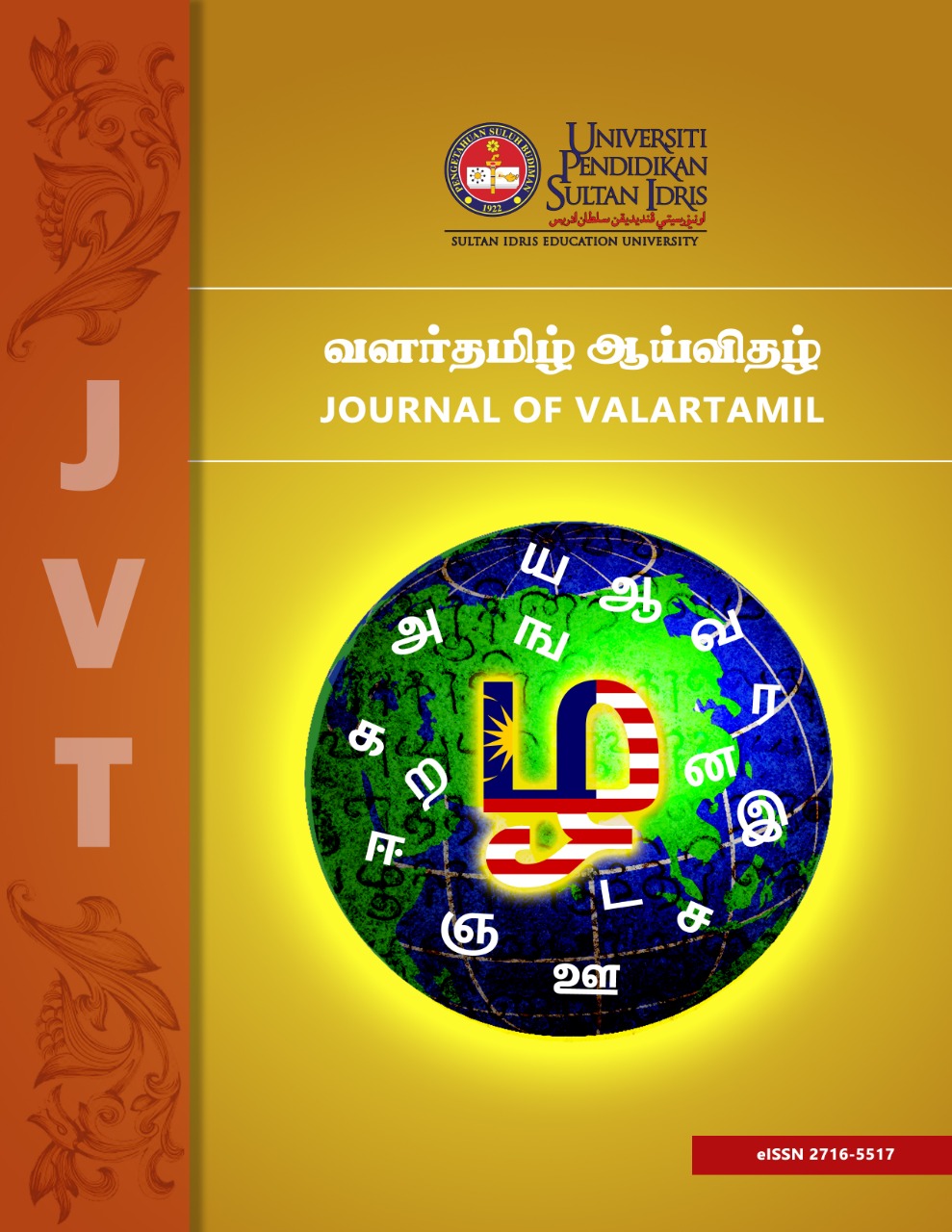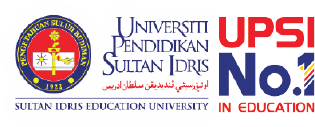Study of Lev Vygotsky’s approach will improve students speaking ability in form 2
DOI:
https://doi.org/10.37134/jvt.vol4.2.6.2024Keywords:
Speaking Skills, Lev Vygotsky’s TheoryAbstract
The researcher has conducted a study on improving speaking skills of form two students through the Lev Vygotsky’s theory. This study was conducted with the objectives to analyze the problems faced by form two students in their speaking abilities and to improve their speaking skills of form two students through Lev Vygotsky’s theory. This study was based on the theory of Lev Vygotsky and the researcher used in a field design. The researcher has conducted this study through a qualitative approach. The researcher has conducted this study in a secondary school in the Perak state. Eighteen students were used for this study. The researcher has used pre-test, post-test and observation to collect the information for his study. Speaking skills can be improved with the information found in this study.
Downloads
References
Rav. P.S. (2019). The importance of speaking skills in English classrooms, Afford Council International English & Literature Journal (ACIELJ), 22)6-18.
Qureshi, 1. A. (2007). The importance of speaking skills for EFL learners. Department of English, Alama Iqbal Open University, Pakistan. Psycholinguistics.
Ravendaran. (2018). Karral-karpittal ceyalpățukalil karral tunaic câtagańkalin payanpăttunilai [Utilization of learning aids in learning-teaching activities). Sri Lanka: Marina Publications.
Smith, B. L., & MacGregor, J. T. (1992). What is collaborative learning
Jaya, H. P., Petrus, I., & Pitaloka, N. L. (2022). Speaking Performance and Problems Faced by English Major Students at a University in South Sumatera. Indonesian EFL Journal. 8(1), 105-112.
Pratama, M. A., & Sitinjak, M. D. (2022). AN ANALYSIS OF ENGLISH SPEAKING ANXIETY OF THE 2nd GRADE STUDENTS OF ISLAMIC SENIOR HIGH SCHOOL (MAN) INSAN CENDEKIA OKI (Doctoral dissertation, Sriwijaya University).
Arung, F., & Jumardin, J. (2016). Improving the students' speaking skill through debate technique. Journal of English Education, 1(1), 70-76.
Ahmmed, R. (2017). Peer Conversation for Developing Speaking Skills: Perceptions from Students of a Public University. A JOURNAL OF ENGLISH STUDIES, 8.
“Lambert, v. A., & Lambert, C. E. (2012). Qualitative Descriptive Research an Acceptable Design. Pacific Rim International Journal of Nursing Research, 16, 255-256. - References - Scientific Research Publishing.” Www.scirp.org, www.scirp.org/reference/referencespapers?referenceid=2959859.
Bashir, M., Azeem, M., & Dogar, A. H. (2011). Factor effecting students’ English speaking skills. British journal of arts and social sciences, 2(1), 34-50.
Hussain, S. (2017). Teaching speaking skills in communication classroom. International Journal of Media, Journalism and Mass Communications, 3(3), 14-21.
Thamburaj, K. P., & Sivanathan, S. (2020). Marapu vaḻi eḻututal tiṟaṉum taṟkāla eḻututal tiṟaṉum oru pārvai [A study on modern and traditional writing skill]. Muallim Journal of Social Sciences and Humanities, 141-146.
Hande, A., Priyadharshini, R., Sampath, A., Thamburaj, K. P., Chandran, P., & Chakravarthi, B. R. (2021). Hope speech detection in under-resourced kannada language. arXiv preprint arXiv:2108.04616.
Arumugum, L., Nadeson, B., & Thamburaj, K. P. (2021). Traditional teaching method-concept of moral education and pedagogy in Aathicuudi. Muallim Journal of Social Sciences and Humanities, 176-182.
Nallaluthan, K., Kanapathy, K., Thamburaj, K. P., Balasundran, K., & Kolandan, S. (2022). The Effect of Work Motivation and Entrepreneurial Orientation on Teachers’ Job Performance During Movement Control Order in Malaysia. Sciences, 12(12), 1312-1339.
Downloads
Published
How to Cite
Issue
Section
License
Copyright (c) 2023 Kavinthiran Somsundram

This work is licensed under a Creative Commons Attribution-NonCommercial-ShareAlike 4.0 International License.





